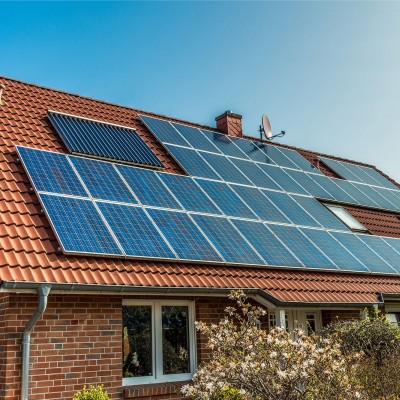Going Nuclear or Going Solar?

That is the question a lot of folks are asking after the announcement from Southern Company that its share of the Vogtle Nuclear Power plant construction costs had just increased from $7.3 billion to $8.4 billion.
You have probably seen headlines like this – Vogtle costs go up by $1.1 Billion
The truth is that Southern Company owns 45.7% of the Vogtle nuclear plant – so the $1.1 Billion number quoted in the headlines is only their 45.7% share of a total $2.4 Billion cost overrun.
That means the total cost for the Vogtle nuclear plant has just increased to $18.4 Billion.
So back to the original question.
How much electricity could you generate if you used that $18.4 billion to build utility scale solar in Georgia? And how does that compare to the amount of electricity the Vogtle plant is expected to produce?
The Vogtle nuclear power plant is expected to be 2,302 MW upon completion. If you assume it will operate with a 90% capacity factor – then it will produce about 18,149 GWh per year.
NREL says that fixed tilt utility scale solar projects are going for $1.03 / watt and $1.11 / watt for one axis tracking systems.
That means you can build a 17,864 MW fixed tilt project or a 16,577 MW one axis tracking system for $18.4 billion.
PV Watts projects a 16.9% capacity factor for the fixed tilt system and a 19.5% capacity factor for the one axis tracker in Waynesboro, Georgia.
So the fixed tilt project would produce 26,439 GWh a year and the one axis tracker would produce 28,313 GWh a year – or about 56% more than the Vogtle nuclear power plant.
That’s 10 TWh more than you’d get from building the Vogtle nuclear power plant – assuming it actually does get produced and there are no more cost overruns.
To put that in perspective – Massachusetts just announced a 20-year agreement to import 9.5 TWh from Hydro-Quebec. Building solar instead of nuclear would be like getting all that hydro power for free.
Going solar instead of nuclear would mean $11 billion of electricity – for free.


